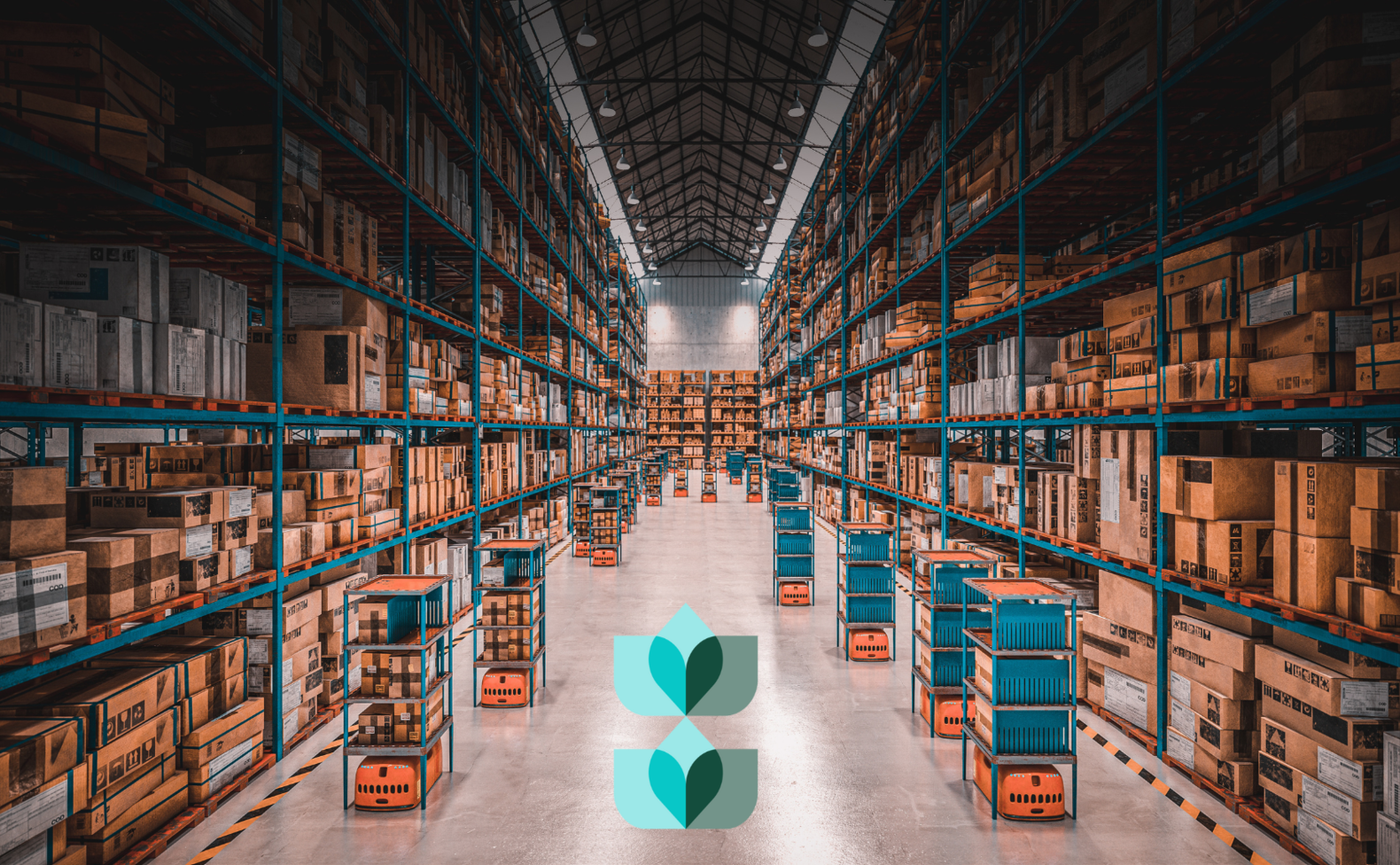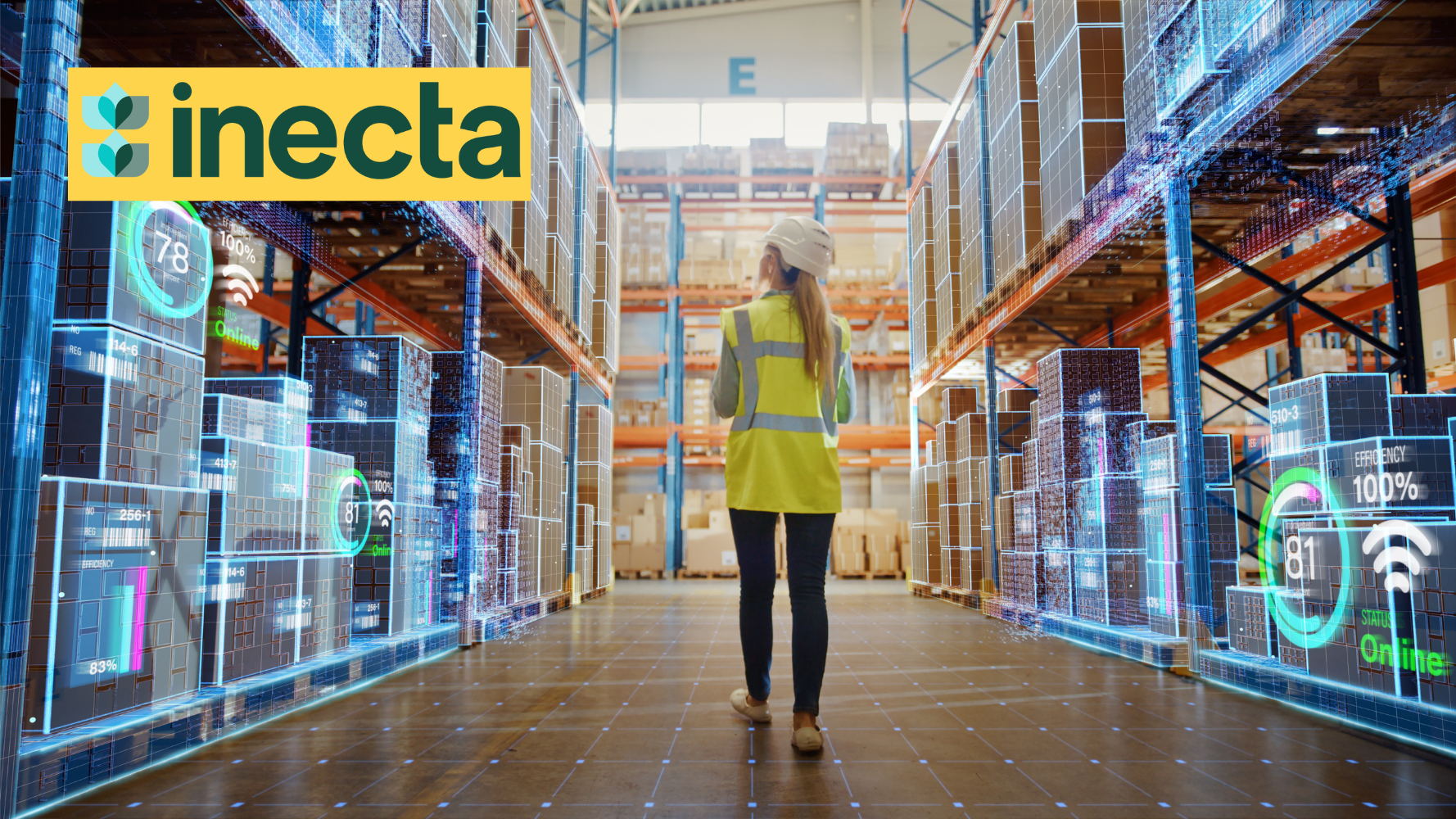Material management software refers to a type of software application that is designed to streamline and optimize the processes related to managing materials within an organization. It provides tools and functionalities to effectively handle various aspects of material management, such as inventory control, procurement, warehouse management, and supply chain operations.
The primary goal of material management software is to enhance the efficiency and accuracy of managing materials throughout their lifecycle, from the procurement stage to storage, distribution, and utilization. It helps organizations track and monitor inventory levels, automate purchasing processes, improve demand forecasting, minimize stockouts, and reduce excess inventory.
Key features of material management software often include:
Inventory management
The software enables organizations to track and manage their inventory levels, including real-time visibility of stock, stock movement, and stock valuation.
Procurement and purchasing
It facilitates the procurement process, allowing users to create purchase orders, manage supplier information, automate supplier communication, and track the status of orders.
Warehouse management
It assists in optimizing warehouse operations, including receiving, put-away, picking, packing, and shipping. It may include features like barcode scanning, RFID integration, and stock location management.
Demand forecasting
Material management software often includes tools to analyze historical data and generate forecasts to predict future demand, enabling organizations to plan their procurement and inventory levels more accurately.
Supplier management
It helps in managing supplier relationships, maintaining supplier databases, evaluating supplier performance, and ensuring timely and efficient communication.
Reporting and analytics
The software provides reporting and analytical capabilities to generate insights into material management performance, inventory turnover, stock levels, and other relevant metrics.
Integration capabilities
Material management software may integrate with other enterprise systems, such as ERP (Enterprise Resource Planning) systems, accounting software, and logistics systems÷÷÷, for seamless data exchange and process synchronization.
By implementing material management software, organizations can streamline their material-related processes, improve inventory accuracy, reduce costs associated with stockouts and excess inventory, enhance supplier relationships, and ultimately optimize their supply chain operations.

Who Utilizes Material Management Software?
Material management software is utilized by various types of businesses across different industries. Here are some examples of businesses that leverage material management software:
Manufacturing companies
Material management software is commonly used in manufacturing industries to streamline their supply chain and optimize inventory management. It helps manufacturers track raw materials, components, and finished goods, ensuring that the right materials are available at the right time for production.
Retailers and wholesalers
Businesses involved in retail and wholesale operations benefit from material management software to manage their inventory levels, track stock movements, and automate purchasing processes. It helps them optimize stock replenishment, reduce stockouts, and improve overall inventory accuracy.
Distribution and logistics companies
Material management software is valuable for distribution and logistics companies that handle large inventory volumes and manage multiple warehouses. It enables efficient management of inbound and outbound shipments, optimizes warehouse operations, and improves inventory visibility across the supply chain.
Construction firms
Construction companies often deal with a wide range of materials and equipment. Material management software helps them track and manage these resources, ensuring that the required materials are available at construction sites when needed. It also helps with procurement, supplier management, and cost control.
Healthcare organizations
Hospitals, clinics, and other healthcare facilities require effective material management to ensure the availability of medical supplies, medications, and equipment. Material management software helps healthcare organizations optimize their inventory, track expiration dates, and streamline the procurement process.
Maintenance and repair services
Businesses involved in maintenance and repair services, such as equipment repair companies or automotive workshops, can benefit from material management software. It helps them track spare parts, manage inventory levels, and streamline the ordering process to ensure timely repairs and minimize downtime.
E-commerce companies
With the rise of e-commerce, companies operating in online retail rely on material management software to efficiently manage their inventory, handle order fulfillment, track shipments, and synchronize stock levels across various sales channels.
These are just a few examples, but material management software can be leveraged by businesses in many other industries that deal with inventory and materials management to improve efficiency, reduce costs, and enhance customer satisfaction.
-1.jpg?width=1580&height=976&name=Copy%20of%20Copy%20of%20Copy%20of%20Process%20Manufacturing%20ERP%20(8)-1.jpg)
Material Management Software: From The User's Perspective
The ease of use of material management software can vary depending on the specific software solution and its features, as well as the user's familiarity with technology and their experience with similar systems. However, modern material management software is typically designed with user-friendly interfaces and intuitive functionalities to make it easier for users to navigate and perform tasks.
Here are a few factors that can influence the ease of use of material management software:
User Interface (UI) design
Well-designed software with a clean and intuitive user interface can greatly enhance the user experience. Clear navigation, well-organized menus, and visual indicators can make it easier for users to understand and interact with the software.
Customization options
Material management software that offers flexibility and customization options allows users to tailor the system to their specific needs and preferences. This can make it easier for users to adapt the software to their existing workflows and processes.
Training and documentation
Adequate training materials, user guides, and documentation provided by the software vendor can significantly contribute to the ease of use. Clear instructions, video tutorials, and responsive customer support can help users quickly get up to speed with the software.
Integration capabilities
Seamless integration with other systems, such as ERP or accounting software, can enhance the user experience by reducing the need for duplicate data entry and providing a unified view of information.
User feedback and updates
Software vendors that actively listen to user feedback and release regular updates to address usability issues and introduce new features can improve the overall user experience and make the software easier to use over time.
While material management software aims to simplify and optimize material management processes, there may still be a learning curve involved, especially for users who are new to such systems or have limited technological proficiency. However, with proper training, support, and familiarity, most users can become proficient in using the software effectively.

Associated Costs of Material Management Software
The costs associated with material management software can vary depending on several factors, including the software provider, the specific features and functionalities offered, the scale and complexity of the organization's operations, and any additional services required. Here are some common cost considerations related to material management software:
Software licenses
Material management software is typically offered through license-based pricing models. The cost can vary based on factors such as the number of users, the modules or features required, and the duration of the license (e.g., annual or perpetual licenses). The pricing structure may involve upfront costs or recurring subscription fees.
Implementation and customization
Implementing material management software often requires configuration and customization to align with the organization's specific needs and workflows. Some software providers may charge fees for implementation services, including data migration, system setup, and integration with other systems.
Training and support
Adequate training is essential to ensure the effective utilization of the software. Some software providers may offer training programs or on-site training sessions for an additional fee. Ongoing technical support, software updates, and maintenance may also be included in the cost or provided as a separate service with associated costs.
Integration with other systems
If the organization requires integration of the material management software with existing ERP, accounting, or other systems, additional costs may be incurred for system integration services, data mapping, and custom development.
Scalability and user licenses
The cost of material management software can be influenced by the scalability of the solution. If the organization expects to expand its operations or increase the number of users over time, there may be costs associated with adding additional user licenses or upgrading the software to accommodate the growth.
It is important for organizations to carefully evaluate their requirements, conduct thorough research, and consider the total cost of ownership (including both upfront and ongoing costs) when selecting material management software. Requesting detailed pricing proposals from software vendors and discussing specific needs and budget constraints can help in obtaining accurate cost estimates.
ERP and Material Management Software
Yes, ERP (Enterprise Resource Planning) systems can help with material management software by providing a comprehensive and integrated approach to managing materials within an organization. ERP systems typically include modules or functionalities specifically designed for material management, which can be tightly integrated with other modules such as procurement, inventory management, and production planning.
Here are some ways ERP can assist with material management:
Centralized data
ERP systems are a centralized repository for material-related data, including inventory levels, supplier information, purchase orders, and material specifications. This enables easy access to accurate and up-to-date information for effective material management.
Integration across departments
ERP systems facilitate seamless data sharing and communication between different departments involved in material management, such as procurement, inventory, manufacturing, and finance. This integration ensures better coordination and visibility throughout the material management process.
Streamlined procurement
ERP systems can automate and streamline the procurement process, from requisition to purchase order creation and supplier management. Integration with vendor databases and e-procurement functionalities can simplify supplier selection, negotiation, and order placement.
Inventory optimization
ERP systems offer advanced inventory management capabilities, including demand forecasting, reorder point calculations, and automated replenishment. These features help organizations optimize inventory levels, reduce stockouts, and minimize excess inventory.
Production planning and scheduling
ERP systems can integrate material management with production planning and scheduling modules. This allows for the efficient allocation of materials to different production orders, ensuring the availability of required materials and minimizing production delays.
Cost control
By capturing material-related costs within the ERP system, organizations can monitor and analyze expenses associated with material management. This helps in identifying cost-saving opportunities, analyzing supplier performance, and optimizing material procurement processes.
Real-time reporting and analytics
ERP systems provide robust reporting and analytics capabilities, enabling organizations to generate meaningful insights into material management performance, inventory turnover, lead times, and other relevant metrics. These insights support data-driven decision-making and continuous improvement.
By leveraging ERP systems alongside material management software, organizations can achieve greater efficiency, accuracy, and control in managing materials throughout their lifecycle, from procurement to utilization. The integration and comprehensive nature of ERP systems provide a holistic view of material-related processes, enabling organizations to make informed decisions and optimize their material management strategies.
To learn how inecta's ERP solutions can help you discover innovative material management software to help power your business, click here to schedule a demo!











Free Valuable Resource!
3 simple steps to find your Food ERP
Free Valuable Resource!
3 simple steps to find your Food ERP
*We will never sell your information. Keeping your data and privacy secure is our highest concern.